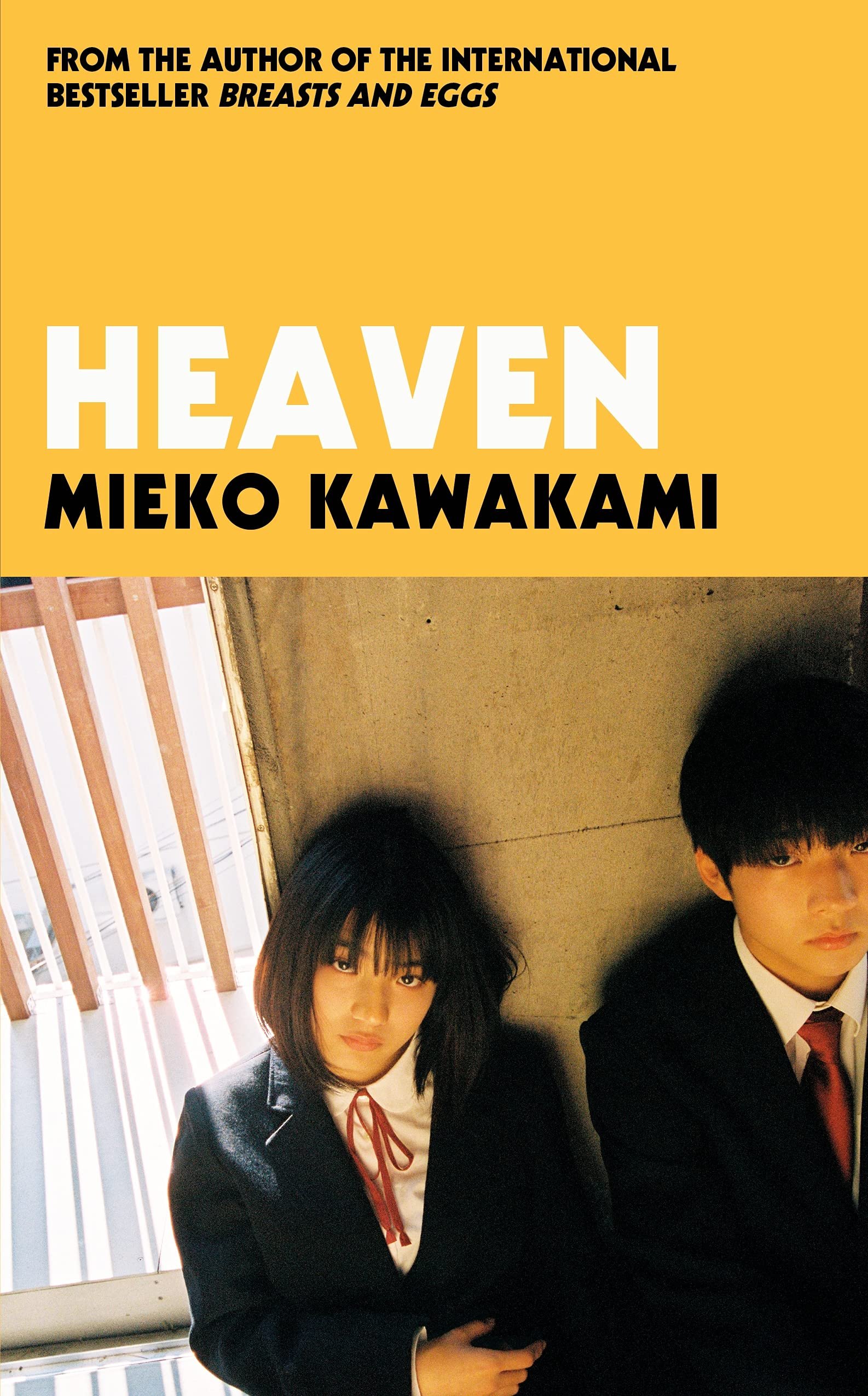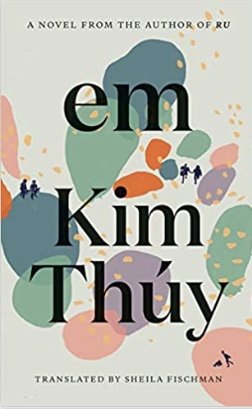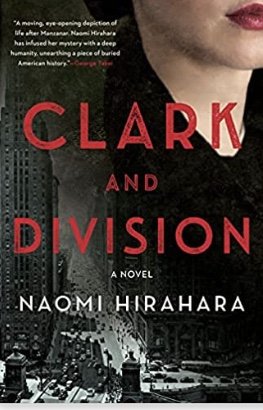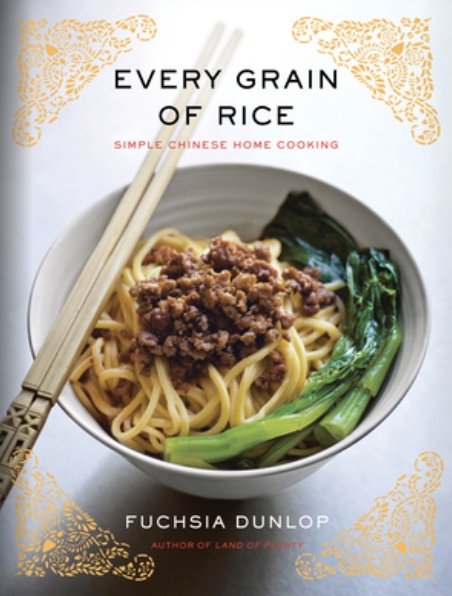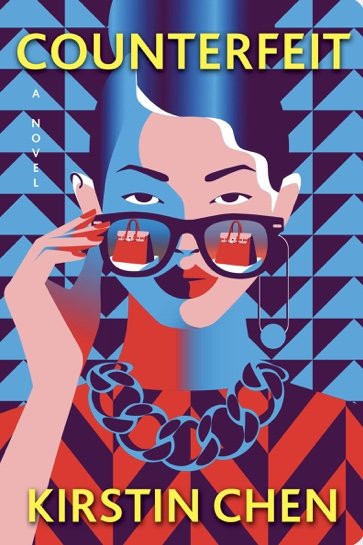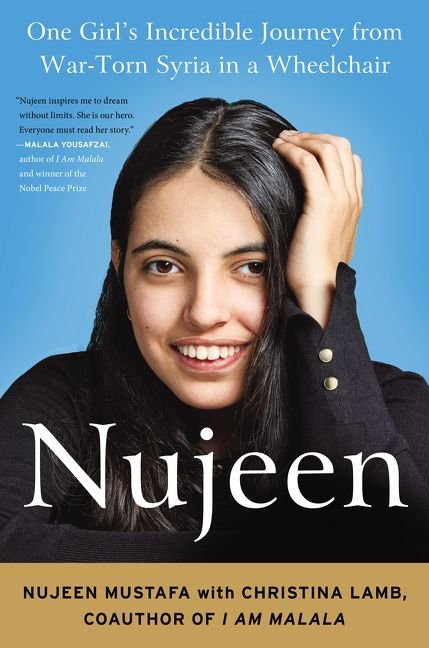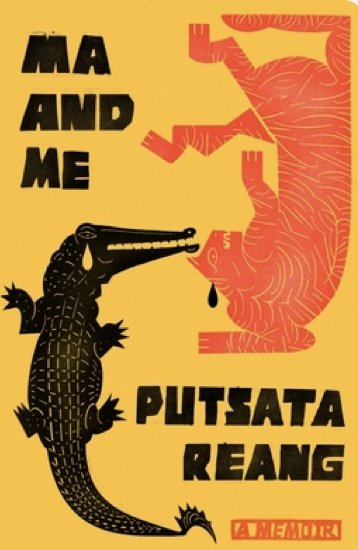The Many Daughters of Afong Moy by Jamie Ford (Atria Books)
I may be the only bookworm in the Pacific Northwest who has never read Jamie Ford’s Hotel on the Corner of Bitter and Sweet and it’s all his great-grandfather’s fault. If Min Chung hadn’t changed his surname to Ford when he arrived in San Francisco from Hoiping, China back in 1865, I would never have unfairly categorized Jamie Ford as just another white guy following in the pathway of Snow Falling on Cedars. Since both David Guterson and Ford focused on the internment of Japanese Americans during World War II, with Ford speaking through the viewpoint of a first-generation Chinese boy, that wasn’t an unfair assessment on my part--except Jamie Ford isn’t just another white guy. He contains the genetic legacy that makes Chinese American history his own.
In The Many Daughters of Afong Moy, Ford blends history with genetics--and the result is fascinating. What threatens to become an ordinary family saga of fiction based on fact is given an intriguing depth with its interweaving of transgenerational epigenetic inheritance, a theory that borders on science fiction but is based on reputable scientific research. Memories rooted in emotion and stored in the brain are capable of causing changes in DNA and can be passed on to future generations. Descendants of Holocaust survivors can inherit depression and anxiety spawned by memories of trauma that they have never experienced themselves. As Dorothy Moy, a descendant of Ahfong Moy, is told by a scientist, “We’re not individual flowers…we’re perennial. A part of us comes back each season, carrying a bit of the genus of the previous floret.”
Seven generations spin through this novel, appearing, fading, and reappearing like the bits of memory that tease and puzzle the descendants of Afong Moy. Based upon historical fact, Afong arrives in America at a time when Chinese women are banned from entering the U.S. She’s allowed entry because she falls under the category of exotic curiosity, an object to be displayed in theaters in front of a crowd that has paid to see her. Her story ends in an alley where she dies in childbirth, a woman whose life is as stunted and tragic as her broken bound feet.
Ahfong’s unhappiness and blighted love life are replicated over and over in her female descendants. None of them find love. Each of them bears a daughter whose father was a matter of random choice; all are driven by the “broken compass of her heart.”
In 2045, the city of Seattle is bludgeoned by ARk-Storms, vicious typhoons that sweep in from the Pacific at 110 miles per hour, flooding the streets and shaking skyscrapers. In the middle of environmental turmoil, Dorothy Moy is racked by her own mental storms that she can’t understand. When she sees her little daughter drawing the same strange images that she drew as a child, Dorothy follows her therapist’s advice and explores a controversial new form of treatment, one that believes present-day difficulties may have been spawned by inherited memories. If the past memories can be changed, so can the behavior that is troublesome now.
From the plague-ridden city of San Francisco in the 1890s to England’s experimental and bohemian school of Summerhill in the 1920s, from a nursing hospital in the middle of World War II to a booming tech business in the beginning of the 21st century, Afong’s “daughters” meet and lose the men who bring them happiness. Their tragedies echo and repeat themselves in kaleidoscopic glimpses that become almost unbearable to read. Although the ending is one that’s rooted entirely in speculative fiction, it’s so welcome that nobody could ever criticize it.
Jamie Ford has written a novel that all but demands more than one reading, if only to see how he manages to fit those puzzle pieces together. He provides a bounty of research titles for anyone who wants more information about epigenetics, ARk-Storms, and the history that each “daughter” lives through, making this novel a portal into other times and an introduction to other ways of looking at memory.~Janet Brown







